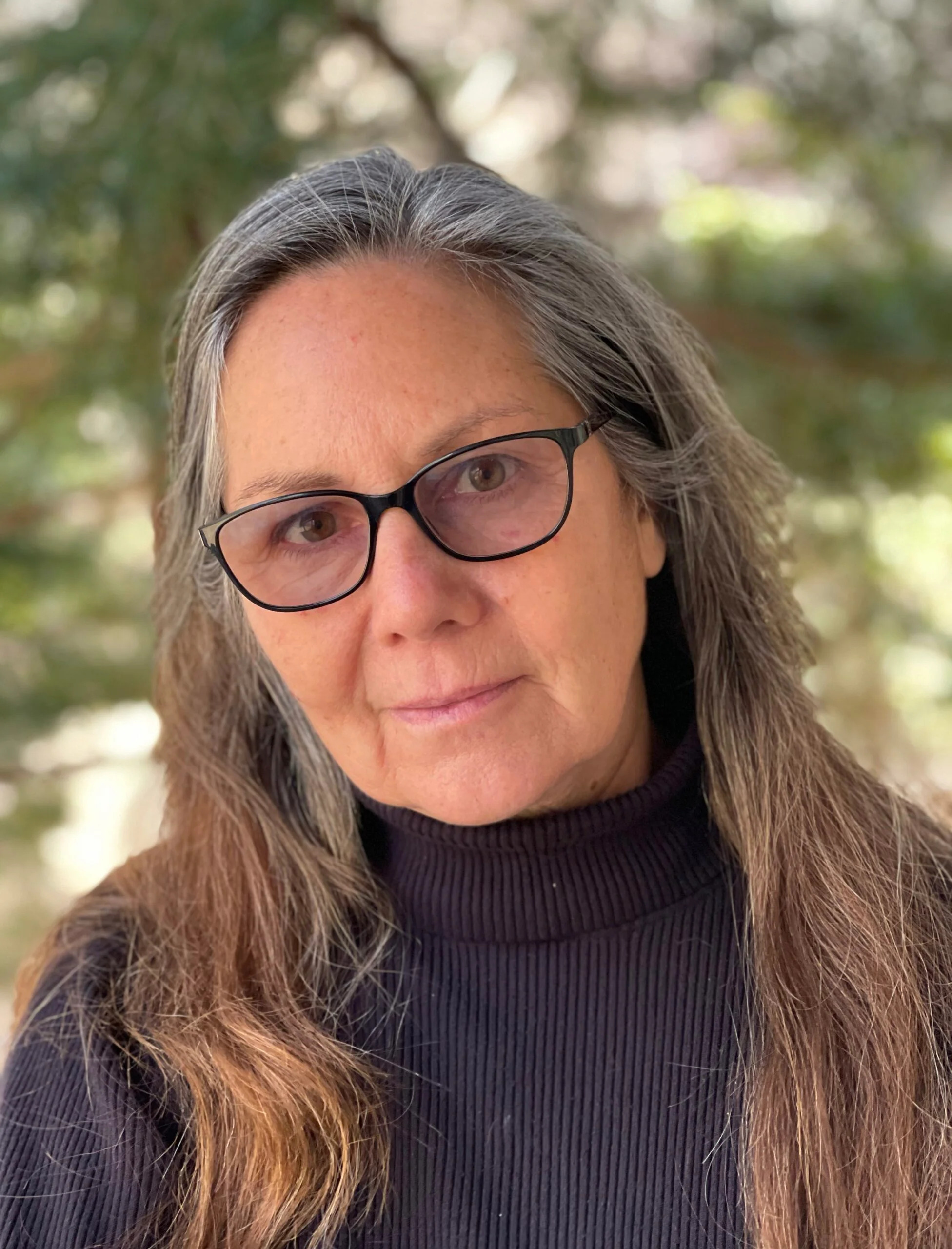University of Rhode Island invasion science professor Laura Meyerson recently made an enormous impact in the study of invasive species through contributions to a global report on invasive alien species.
In this report, Meyerson worked with 90 other scientists from around the world to complete research on invasive species. She is currently working with her colleagues to publish papers on that report in order to affirm action and management on invasives around the world. This will result in stronger management and more action towards invasive species.
Invasive species include plants, animals, insects and other organisms that become introduced into a region where they are not native. These organisms have a bigger impact on the economy and environment than many realize, which is what Meyerson gets at with her research.
Meyerson’s research on phragmites, an invasive species, has made a big impact on other scientists. Many scientists who study invasive species have begun to look up to her work as a guide.
“There’s so much work on it that people studied that work to get ideas about how they should study their own invasive species problems,” Daniel Simberloff, editor-in-chief of the Biological Invasions paper, said.
Meyerson’s decision to start studying invasives was abrupt, occurring in graduate school.
“I had a professor who pointed out to me how invasive Phragmites was outcompeting cattails and destroying the homes of muskrats which depend on cattails,” Meyerson said. “Right then and there I decided to study invasive species.”
Native to Rhode Island, phragmites tend to have major impacts related to the biodiversity of water.
“Phragmites is a major invader of our coastal marsh systems and our freshwater rivers and ponds in Rhode Island,” Meyerson said. “This species reduces biodiversity, degrades habitat, increases fire risk due to a very large dead standing biomass and blocks water views for hikers and homeowners alike.”
Though her primary focus is on these reed plants, Meyerson has also studied other species common to the area.
“Rhode Island has many many invasive species in our forests and fields, along our coasts, rivers and in our oceans.” she said.
Green crabs, Asian shore crabs, softshell clams and eelgrass are just a few invasives within the marine area of Rhode Island.
Meyerson has determined that invasive species cost the global economy an average of $423 billion a year. This number is projected to quadruple in the next decade.
Past work in Washington, D.C, contributing and developing environmental indicators for the U.S State of the Nation’s Ecosystems has allowed Meyerson to become a reliable source for information on invasive species.
Back in Washington, Meyerson made remarkably groundbreaking contributions to the address
“Laura was the one who did the whole section on ecosystem services and on invasive species” congress paid a lot of attention to that report and legislation that was proposed- some which was in-act because of her,” Simberloff said.
In 2012, Meyerson embarked on another journey in the Czech Republic, which is where she met her colleague Ana Novoa.
“While I was doing my PhD in Spain, I did a three-month research stay in the Department of Invasion Ecology of the Institute of Botany of the Czech Academy of Sciences,” Novoa said. “Laura was doing a one year sabbatical in the department by that time. She immediately made me feel so welcome.”
Novoa is the social media editor at Biological Invasions and has been working with Meyerson over the years.
“She is very clever, innovative, hardworking and passionate about her job,” Novoa said. “She is also really empathetic, and she is always trying to help everyone around her.” Novoa explained.
While teaching college classes, Meyerson published 43 publicly available articles on Google Scholar, became an accomplished NICS staff member, became an associate editor for the science journal Neobiota and co-editor in chief for the journal Biological Invasions.
Simberloff explained that he chose to elect Meyerson into the co-editor in chief role in 2015 which she has held since.
“In 2015, I needed an associate editor in chief,” Simberloff said. “The number of submissions to Biological Invasions was just becoming too much for me to deal with. I thought of her immediately, but assumed she wouldn’t do it. She does all these other things and she’s busy but she agreed to.”
Meyerson’s most recent research was featured earlier this month on “PBS Newshour: The environmental and financial cost of invasive species” and was aired all across the country. The Newshour report highlights the financial cost these species have on our economy.
The ongoing array of danger within the realm of invasive species is scary; however, Meyerson clarifies that there are many things we as a community can do to reduce the harmful effects of invasives.
“Don’t buy invasive species- pets like red-eared sliders, plants like purple loosestrife,” Meyerson said. “If you already have them, don’t release them.”
This means refraining from decorating with invasive plants.
“In the fall, many people like to make wreaths out of Asian bittersweet because it has pretty berries,” Meyerson said. “Unfortunately, those are often thrown out of the woods when fall is over and the berries can establish a new population”
It begins with the public informing both themselves and others so our communities understand HOW to make a positive impact. We all play a part.
“Talk to your friends and neighbors and help them to understand what a big problem this is and how they can help,” Meyerson said.





